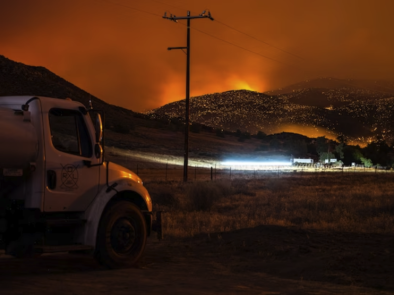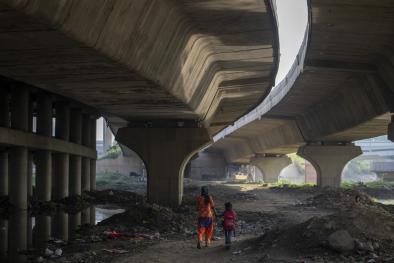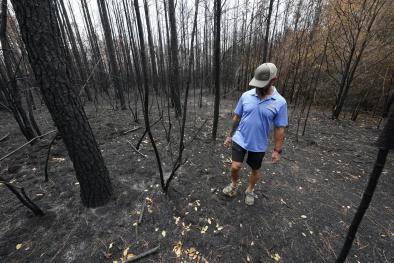Science Source
Climate and very large wildland fires in the contiguous western USA
- Examines how climate is associated with very large wildland fires (VLWFs ≥50 000 acres, or ~20 234 ha) in the western contiguous USA
- Uses composite records of climate and fire to investigate the spatial and temporal variability of VLWF–climatic relationships
- Results showed quantifiable fire weather leading up and up to 3 weeks post VLWF discovery, thus providing predictors of the probability that VLWF occurrence in a given week
- Creates models for eight National Interagency Fire Center Geographic Area Coordination Centers (GACCs)
- States that accuracy was good (AUC > 0.80) for all models, but significant fire weather predictors of VLWFs vary by GACC, suggesting that broad-scale ecological mechanisms associated with wildfires also vary across regions
- States that these mechanisms are very similar to those found by previous analyses of annual area burned, but this analysis provides a means for anticipating VLWFs specifically and thereby the timing of substantial area burned within a given year, thus providing a quantifiable justification for proactive fire management practices to mitigate the risk and associated damage of VLWFs
Related Content
Headline

Nov 17, 2023 | Climate Nexus Hot News
Utility Responsible For Wildfire, CA Report Says
Headline

Oct 26, 2023 | Climate Nexus Hot News
The Planet is ‘Under Siege,’ Scientists Say
Headline

Oct 11, 2023 | Climate Nexus Hot News
Climate Change Forcing Children to Move
Headline

Sep 20, 2023 | AP
In a state used to hurricanes and flooding, Louisiana is battling an unprecedented wildfire season


